NASA, the US space agency prominently known for breaking air speed records, rejuvenated supersonic passenger travel with a reported investment of $6 million. NASA granted eight groups funding to research and develop quieter and greener supersonic jets for commercial air travel. Supersonic aeroplanes were seemingly extinct following Concorde’s last flight in 2003. However, with NASA’s backing, we are likely to see commercial airliners zooming at the speed of sound by 2025. Global flight times would dramatically reduce with supersonic commercial planes.
NASA backs research groups from MIT and Wyle Laboratories to investigate the environmental impact of supersonic commercial airliners. Currently, the only supersonic aircraft are housed in military hangers, so their ecological footprint is minimal. There are over 80 000 flights from the US alone, so supersonic commercial travel’s environmental impact is a crucial concern.
Planes flying at speeds exceeding the March number, the local speed of sound, consume more fuel and fly closer to the atmosphere’s edge. It is therefore expected that they have a more significant impact on the ozone layer compared to regular planes.
Apart from investigating the emissions of supersonic flight, part of NASA’s funding will make supersonic travel quieter. When a plane gets close to or exceeds the speed of sound, numerous shockwaves build up in front of the aeroplane, and to achieve supersonic speed, the aircraft has to break through these shockwaves. This is where sonic booms occur, creating a noise equal to an explosion. During Concorde’s days, the plane was so loud; it would set off fire alarms. According to NASA, a lot of headway has been made in attempts to muffling these sounds.
Should the research payoff, the first generation of supersonic business jets will be available by 2025, with commercial airliners following closely by 2030.
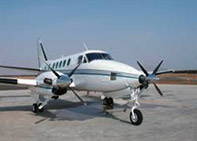
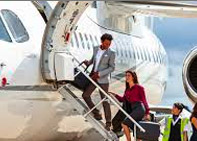
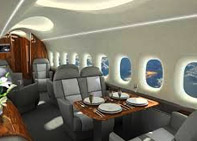
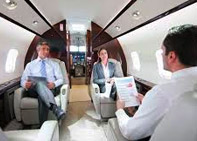
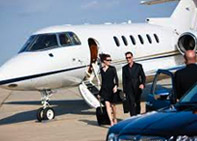


Leave a Reply
You must be logged in to post a comment.